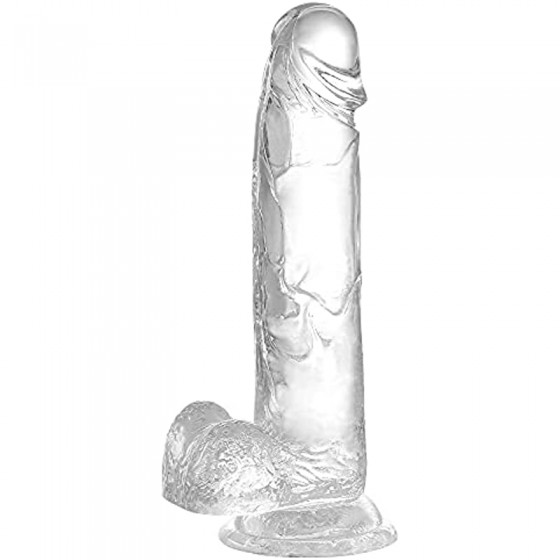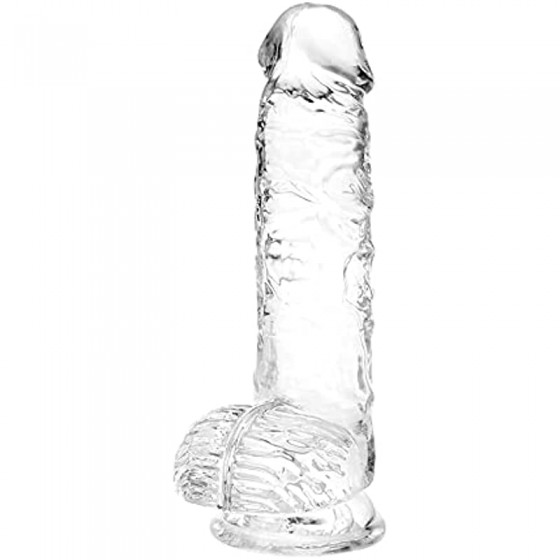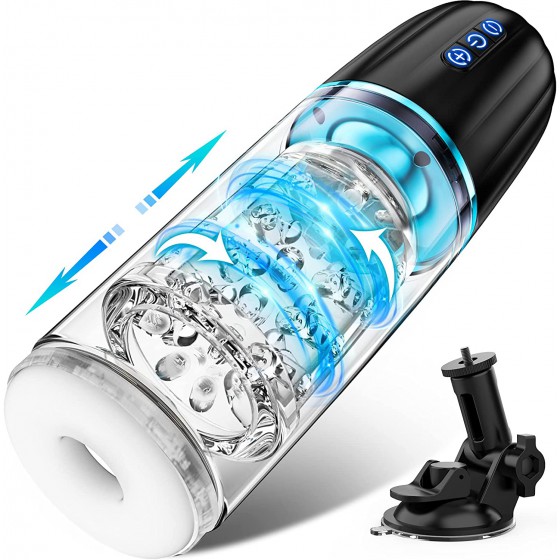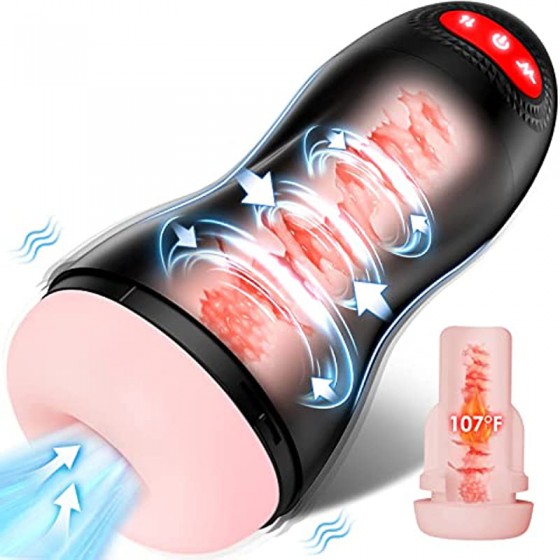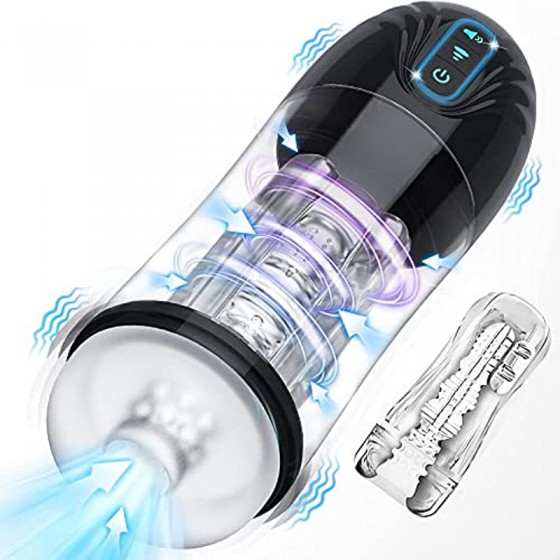How does the hymen change in different periods?
The hymen plays a very important role in blocking the invasion of germs, protecting the internal reproductive system, and maintaining fertility. The vaginal wall of a girl is relatively thin and her ovaries are not yet mature. The changes of the hymen are different in each period. If you want to know the difference, take a look at the following introduction.
After years of research, anthropologists have proposed two theories:
Protection theory: The vaginal wall of a girl is relatively thin and her ovaries are immature. The hymen plays a very important role in blocking the invasion of germs, protecting the internal reproductive system and maintaining fertility.
Sexual selection theory: The function of the hymen is to select the strongest among men so that excellent sperm can enter the vagina for conception, which has important evolutionary significance. In ancient times, human sexual unions were very arbitrary, and the existence of the hymen could prevent men with low sexual function from occupying women. There is a certain correlation between sexual function and physical strength. People with weak physical strength usually have lower sexual function. The hymen forms a checkpoint. Only those who break the "check" can enter and leave their genes to future generations.
Girls’ Generation:
The hymen covers the vagina near the external opening and is about 1 to 2 mm thick. There is a small hole in the middle, called the "hymen hole", with a diameter of about 1 cm. It is usually round, oval or zigzag-shaped; some are half-moon shaped. , the membrane holes are on one side; some are partition-shaped holes, with two small holes arranged up and down or left and right; some have many scattered small holes, like a sieve.
During menstruation, menstrual blood is discharged from the body through this small hole. If there are no small holes in the membrane, monthly menstrual blood will be blocked, accumulate in the vagina, expand upward to the uterine cavity and fallopian tube, and even flow into the abdominal cavity, causing fallopian tube damage, intestinal adhesion, and abdominal infection, which is medically called "hymenal atresia" ”, gynecological surgery must be performed.
Before puberty, because the ovaries secrete less estrogen, the vaginal mucosa is thin, has fewer wrinkles, low acidity, and weak resistance. The hymen has the function of blocking bacteria from invading the vagina. After puberty, with the development of the ovaries, estrogen in the body increases, vaginal resistance strengthens, and the hymen loses its role.
First night:
During sexual intercourse for the first time, the hymen is broken, causing a tear and bleeding.
Due to the different shapes of hymens, the degree of rupture will vary greatly. The septum-shaped hymen with two holes bleeds more and is accompanied by more severe pain. The lip-shaped hymen bleeds very little and is almost painless. A thick and elastic umbrella-shaped hymen may not break at all!
According to a survey by American gynecologists, about 30% of women have no bleeding during sexual intercourse for the first time. This 30% includes the highly elastic umbrella-shaped hymen, which may rupture after multiple sexual intercourses or after a crazy sex journey, but it may not bleed. Also included is the porous sieve-shaped hymen, which is highly susceptible to rupture and may have ruptured for various reasons before first sexual intercourse.
After childbirth:
As the fetus is delivered vaginally, the hymen is further damaged. Sometimes only a few remaining protrusions are left, called hymen marks. This change does not occur with a C-section delivery.
Hymen repair surgery? Or not?
While a broken heart cannot be mended, a ruptured hymen can. Hymen repair is just a very simple surgical operation: use the remaining hymen to perform surgical sutures to restore it to the state before rupture. Ruptures caused by impact, sports tearing, or a few sexual encounters are easily repaired. But if you have had sex many times, recovery will be more difficult.
Hymenoplasty is 100% a product of hymen culture. In Europe in the 17th and 18th centuries, women were labeled in two categories: "lady" or "prostitute." The difference is also very simple: whether the hymen is intact before the first marriage. At that time, medicine was not as advanced as it is now, but women also had methods, such as hiding a chicken heart on their wedding night.
After years of sexual liberation movements, the awareness of the hymen has long been diluted to the point of being almost invisible. Modern women are more concerned about when to start and with whom. The science of sexual plastic surgery in Europe and the United States is much more developed than in China, but there is no such thing as hymen plastic surgery.
Perhaps we should think about the concept of "virginity" from a different perspective: virginity is not something we can "lose" or "give" to someone, not a membrane or a few drops of blood, but rather our self-esteem and Bodily integrity, our freedom of choice. When starting from this self-respecting feeling and making serious and careful choices, we remain virgins to every new lover, even with the same lover, and in every new period of life.
Perhaps only when women truly understand their bodies, and when men truly understand that chastity exists in the heart rather than on the thin membrane, can we get rid of the shackles of the ghost of the hymen on the soul.






